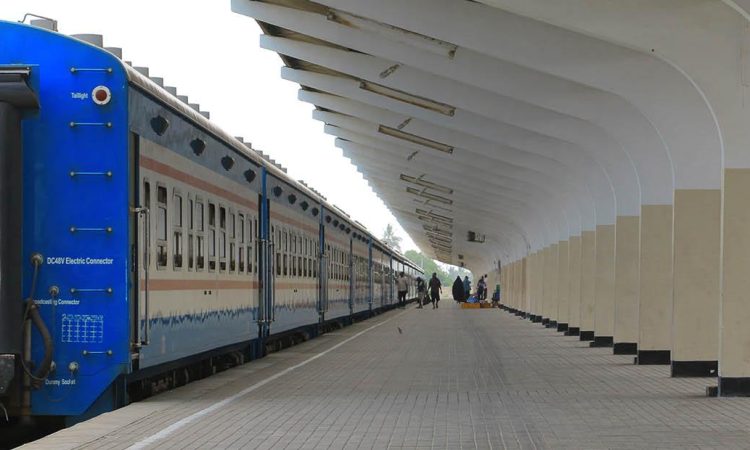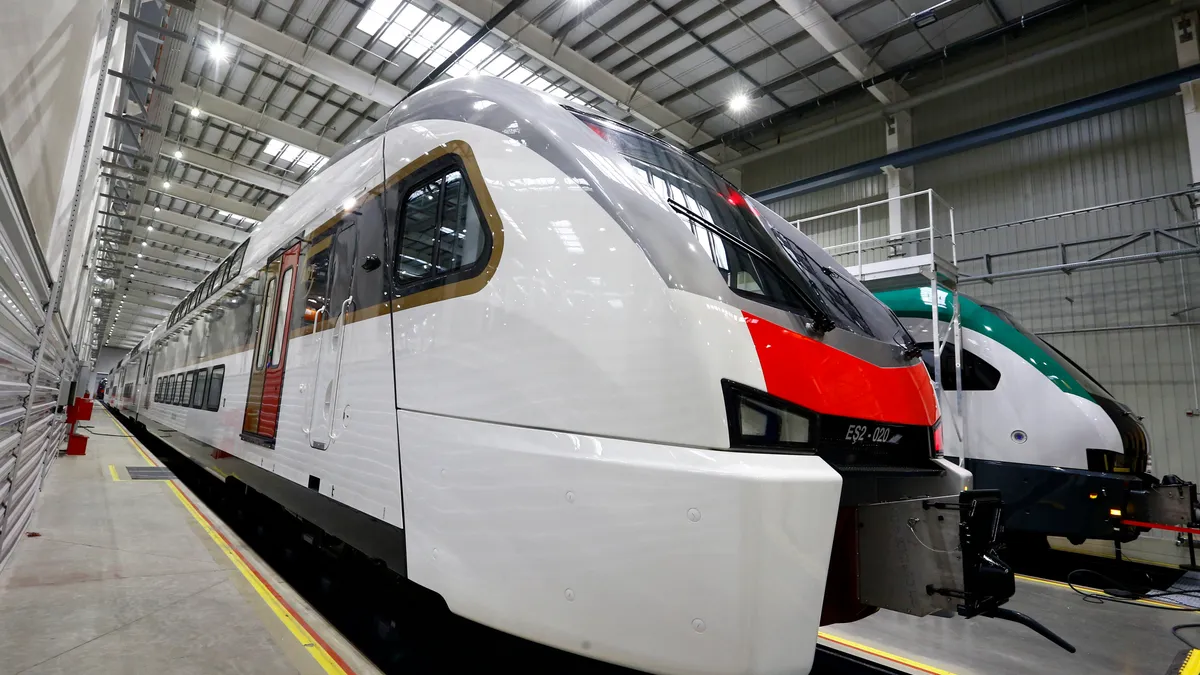How to get around in Tanzania : The roads that connect the popular Northern Circuit, which includes the Serengeti, Ngorongoro Crater, Kilimanjaro National Park, and several other attractions and wildlife reserves, are kept in good condition because most visitors to Tanzania come to experience the untamed beauty of the African bush. Overland Tanzania safari travel can be sluggish and difficult when it’s away from these popular Tanzania tour destinations. Long distance travel by plane is preferred by many, despite the fact that it can be costly, especially when visiting secluded lodges and tented camps in Tanzania’s national parks.

Buses are an excellent choice for people who cannot afford the exorbitant costs associated with plane transfers. Boda boda (motorcycle taxis), bajaji (tuk-tuks) and dalla dalla (community minibuses) are all less expensive than traditional taxis inside cities and towns. Then there are the settlements around Lake Victoria and Lake Tanganyika, the boats that connect the islands in the Indian Ocean, and the trains that travel on Tanzania’s small rail network. Despite the difficulties posed by poor driving conditions and increased crime, many daring tourists opt to drive themselves in hired 4WD vehicles. Roads outside of big cities are frequently unpaved and can be extremely difficult to drive on, so don’t plan on covering a lot of ground in a single day. The greatest routes around Tanzania are outlined in this guide.
Flying is the fastest way to move in Tanzania
Three international airports in Tanzania are serviced by numerous domestic and international airlines, with excellent connectivity to other regions of Africa and the Gulf. The busiest international hub in Dar es Salaam is Julius Nyerere International Airport, which connects to private airstrips and minor airports throughout Tanzania. Kilimanjaro International Airport (between Arusha and Moshi in Hai District) is known as the “Gateway to Africa’s Wildlife Heritage.” In addition to local hops and charter flights to and from northern Tanzania’s national parks, the airport is served by aircraft from a few European and Middle Eastern nations.
Travellers seeking white beaches, azure skies, and warm ocean waters arrive at Zanzibar’s Abeid Amani Karume International Airport, which also offers seasonal flights from Europe and numerous connections to major cities in Africa and the Middle East. Popular tourist destinations including Arusha, Zanzibar, Mafia Island, Mwanza, Pemba Island, and Iringa are served by daily flights from major cities by domestic Tanzanian airlines like Air Tanzania and Coastal Aviation. Less frequent scheduled flights utilising tiny aircraft with limited baggage limitations are operated by several smaller towns and islands.
To save their visitors from having to endure tiresome road excursions, several upscale safari lodges have their own airstrips and use private charter businesses to fly tourists in. Although most charter aircraft allow 15kg of baggage per passenger and request that soft-sided bags rather than hard suitcases be used, fares are normally included in the total price you pay.
Hire 4WD vehicles
Despite having a vast road network spanning about 90,000 km (56,000 miles), just 15% of Tanzania’s highways are paved. Travelling by car, whether alone or with companions, can be a great way to see the area if the local driving conditions don’t stop you. Road conditions quickly worsen outside of the larger cities, therefore it’s a good idea to hire a Land Cruiser or comparable 4WD vehicle with a driver. Your driver, who is far more experienced on Tanzania’s bumpy roads, will serve as an unofficial tour guide.
Major towns and cities including Dar es Salaam and Arusha have automobile rental firms. A basic 2WD car costs US$50 per day, while a 4WD car can cost up to US$150 per day. Additional costs include insurance and hiring a driver, which can run from $30 to $50 each day. The majority of rental firms also provide roadside assistance in case of technical issues. In their offices, you’ll have to show your driver’s licence. If your native country’s licence is in English, most agencies will accept it; if not, you should bring an International Driving Permit. For visits to national parks, you can rent a 4WD vehicle furnished with camping equipment, but steer clear of night time driving due to potholes and straggling wildlife. Children rushing into the road and domestic and wild animals can be a constant challenge, even during the day.
Town car guards or attendants will watch over your vehicle while you park and will even provide you with a ticket to put on your windscreen for a modest price. To lower your chance of being a victim of crime, never leave valuables inside your car and always keep your doors closed when driving through town.
Board a Taxi
You can locate taxis quite simply at most airports, bus terminals, rail stations, and shopping malls inside city limits. Taxis in Tanzania are either white or have white licence plates. You can hail one on the street, but it’s more convenient to call the concierge at your hotel or restaurant to arrange for one. On the other hand, ride-sharing services like Uber have become quite successful in Tanzania, making them a viable alternative. There are shuttles provided by many hotels and resorts to take you to and from the airport and other transportation hubs.
Buses
For those on a tight budget, Tanzania boasts a vast bus network that travels nearly everywhere accessible by car. Every day, approximately 3000 buses go through Dar es Salaam’s John Magufuli Bus Terminal, heading all throughout the nation. Buses typically stop frequently and can travel at a fairly high speed on large intercity roads while being slow on smaller ones. From Dar es Salaam, a number of bus companies travel to Tanzania’s towns and beaches, as well as to border crossings with other countries. Some international routes are also available to Kenya, Rwanda, and Uganda. All buses, whether they are luxury models with air conditioning and restrooms or rattletraps, often stop for food and restroom breaks. The most dependable and cosy businesses are Ratco Express, Shabiby Line, Dar Express, and Kilimanjaro Express.
Millions of inhabitants of Dar es Salaam were able to avoid the city’s infamous traffic jams when the Tanzanian government implemented the Bus Rapid Transit (BRT) system. Buses ride in dedicated lanes, making movement easier. The BRT system is thought to be returning six days of annual travel time to locals. These blue buses cover only a portion of Dar es Salaam, but they’re excellent for touring the city centre. Just keep an eye out for the ticket offices, which are situated along the roadway’s stilted corridors. Every bus has a light indicating its destination on the front, and each station has a map of the route.
Train Transport
Another inexpensive method for exploring Tanzania is by train, but there may be irregular service. The Tanzania Railways Corporation (TRC) operates a modest commuter train service in Dar es Salaam as well as a luxurious passenger service from Dar es Salaam to Kigoma on Lake Tanganyika in Western Tanzania. Additionally, TRC provides a few weekly passenger services between Tabora and Mpanda, as well as routes from Dar es Salaam to Arusha via Moshi and Mwanza via Tabora. For timetables, check on their website. Investing in first and second class coaches with complimentary Wi-Fi and catering is a more cost-effective option than cramming into third-class carriages with limited space.

Through Mbeya and Tunduma, the Tanzania-Zambia Railway Authority (TAZARA) transports both regular and express passenger trains from Dar es Salaam to New Kapiri Mposhi in Zambia. First, second, and third class tickets are available once more. Reserve seats in higher classes at least a day or two in advance of your planned travel to avoid an uncomfortable ride.
Ferry services
Passengers can travel by ferry or water taxi between the many islands in the Zanzibar archipelago as well as from the mainland to the islands of Unguja (Zanzibar and Pemba). Several businesses transport people between Dar es Salaam and Zanzibar, including Azam Marine. Typically, ferry tickets need payment in US dollars. Dhow charters for local cruises are also very popular. Towns around the shores of Lake Victoria, Lake Tanganyika, and occasionally Lake Nyasa are connected by a number of ferry services, though the routes are frequently altered. Avoid travelling during inclement weather and stick to daylight travel on any Tanzanian ferry route


